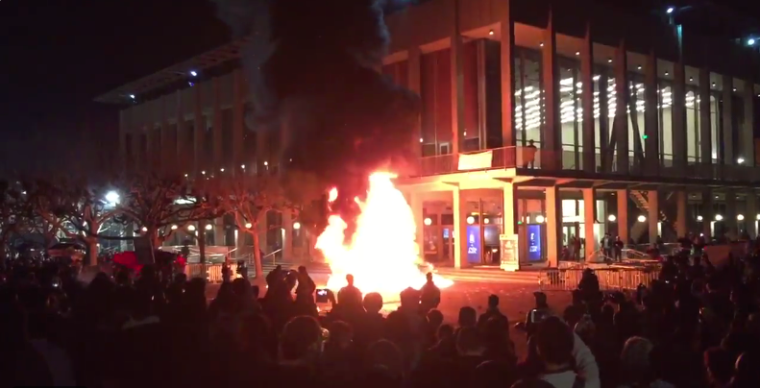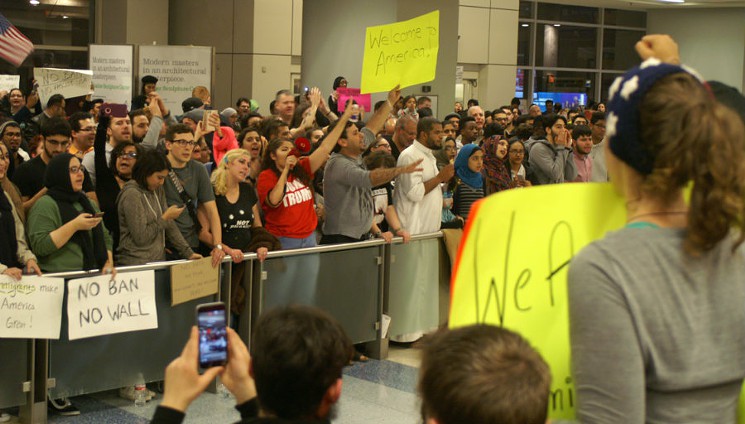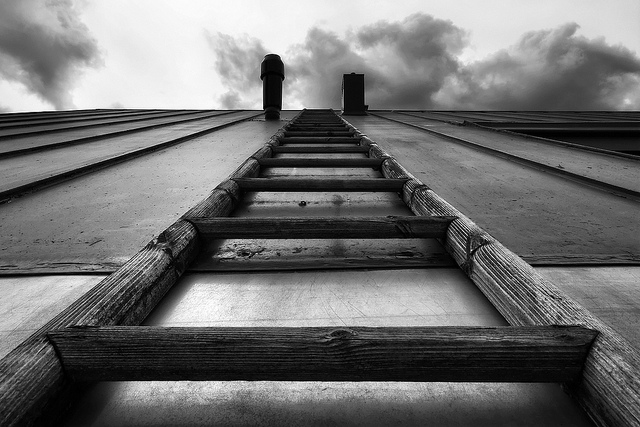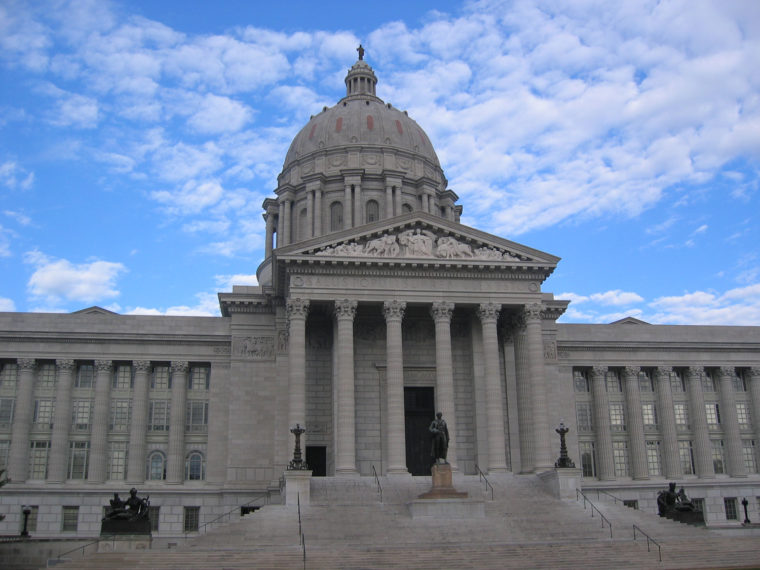The weather has been unusually nice lately in Dallas. Students enjoy being able to move outdoors and I’ve seen them reading under trees or chatting in the sun: the quintessential college life. Of course when it is this nice, who wants to go inside to have class? No one including the professors! Some of my favorite teaching memories are taking classes outside. In today’s post, I want to share one of the IDEAS from my book, Teaching for Learning: 101 Intentionally Designed Educational Activities to Put Students on the Path to Success. In this IDEA, we share how to take advantage of the beautiful weather.






